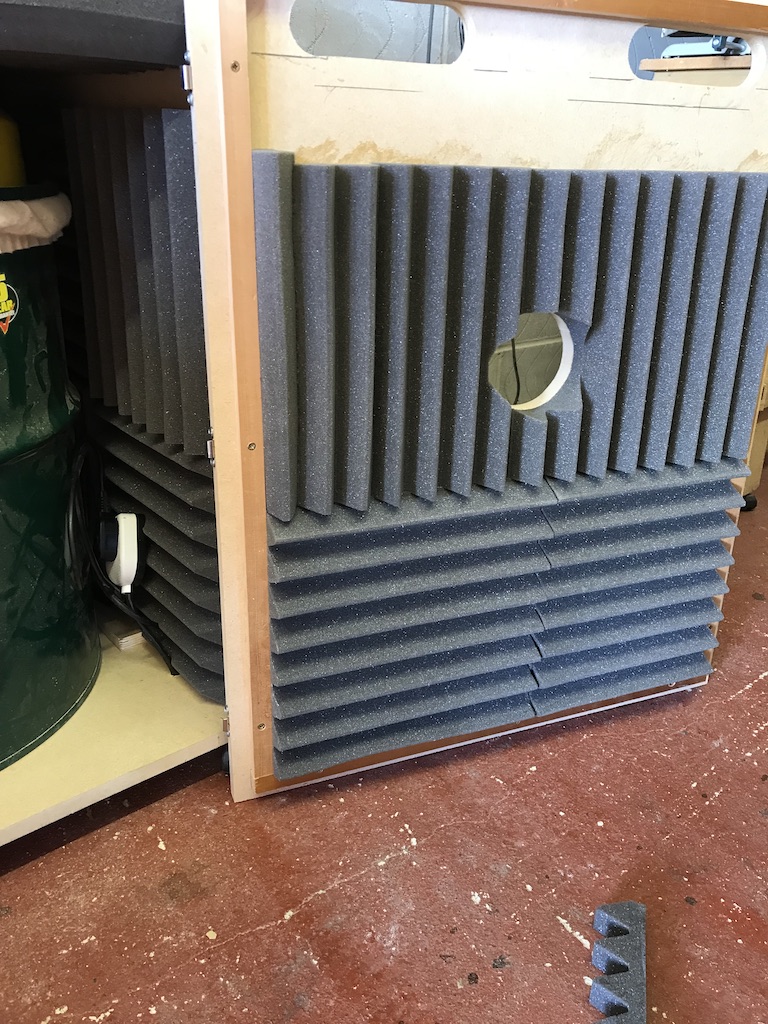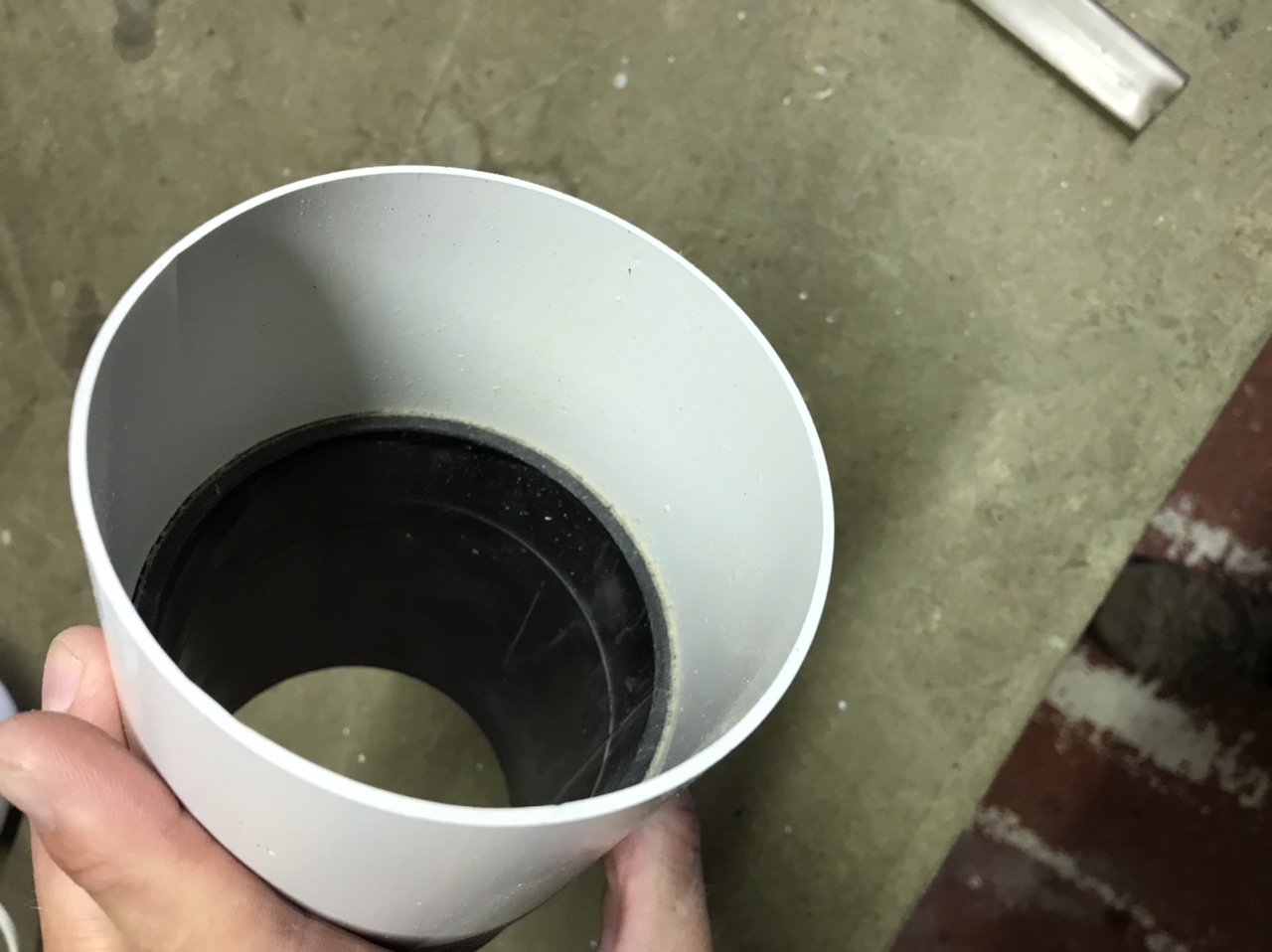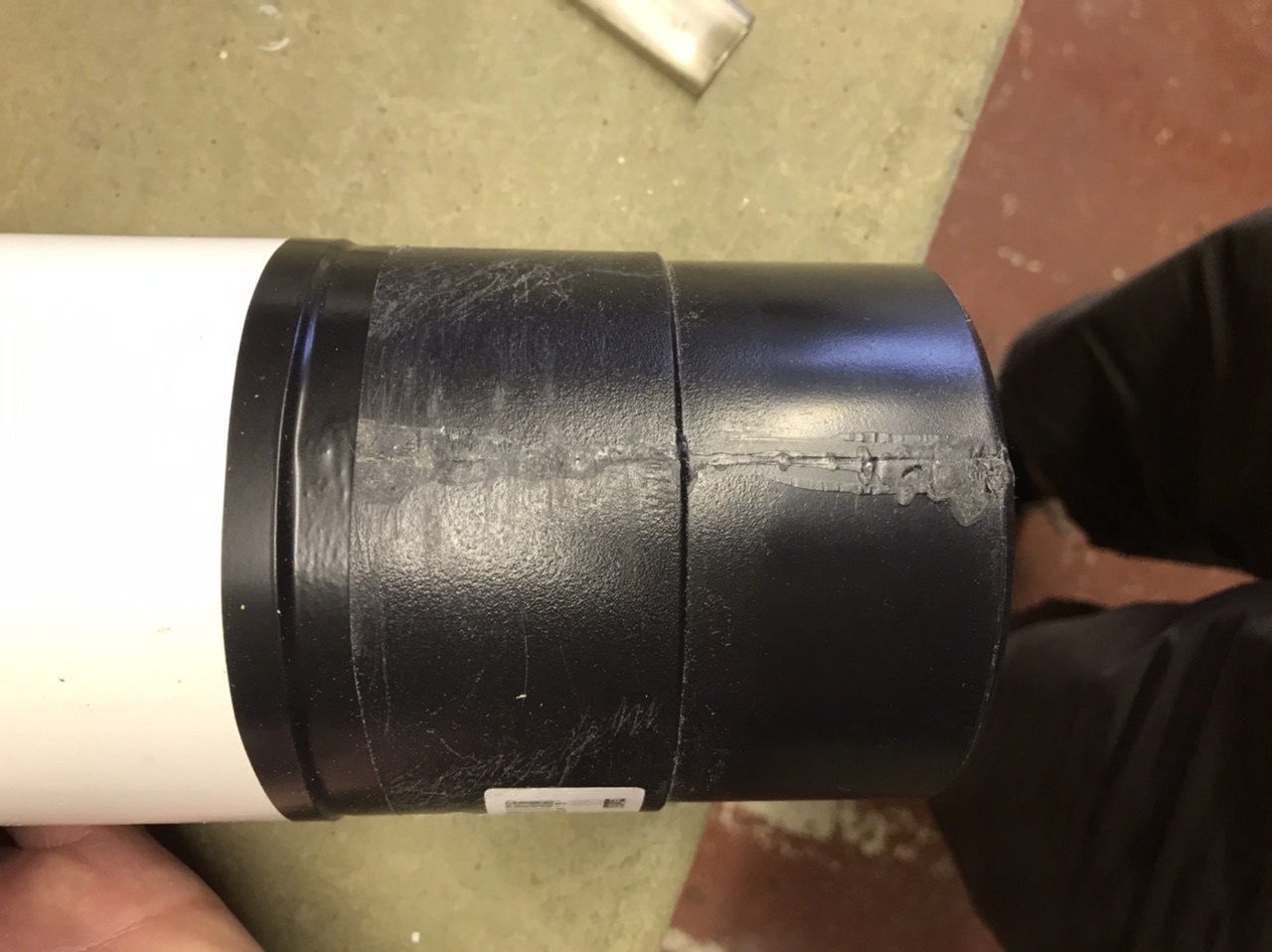RichardG
If at first you don’t succeed have a cup of tea.
The record DX4000 does a fair job as a workshop dust extractor but it's very very loud. I finally had enough and made a silence cabinet which works very well but it's hard to communicate how much difference it makes. I did take some dBA readings during the build but I'm not sure how useful they are?
Bare Vacuum - 84dBA
In Cabinet no sound proofing - 77dBA
Cabinet with sound proofing - 69dBA
It's a simple box with shelf that has a gap at the back for the air to pass through and then through 180 degrees to be vented at the front. I hope the pictures explain.
The cabinet and door.


and the finished cabinet

It was all made out of a single sheet of 18mm MDF which I had cut up at our local B&Q. The shelf was an additional piece. Here's a cutting list.

The sound insulation is acoustic tiles sourced from eBay.
I'm currently working on a remote control which I'll upload when I've completed it.
Richard
Bare Vacuum - 84dBA
In Cabinet no sound proofing - 77dBA
Cabinet with sound proofing - 69dBA
It's a simple box with shelf that has a gap at the back for the air to pass through and then through 180 degrees to be vented at the front. I hope the pictures explain.
The cabinet and door.


and the finished cabinet

It was all made out of a single sheet of 18mm MDF which I had cut up at our local B&Q. The shelf was an additional piece. Here's a cutting list.

The sound insulation is acoustic tiles sourced from eBay.
I'm currently working on a remote control which I'll upload when I've completed it.
Richard














































